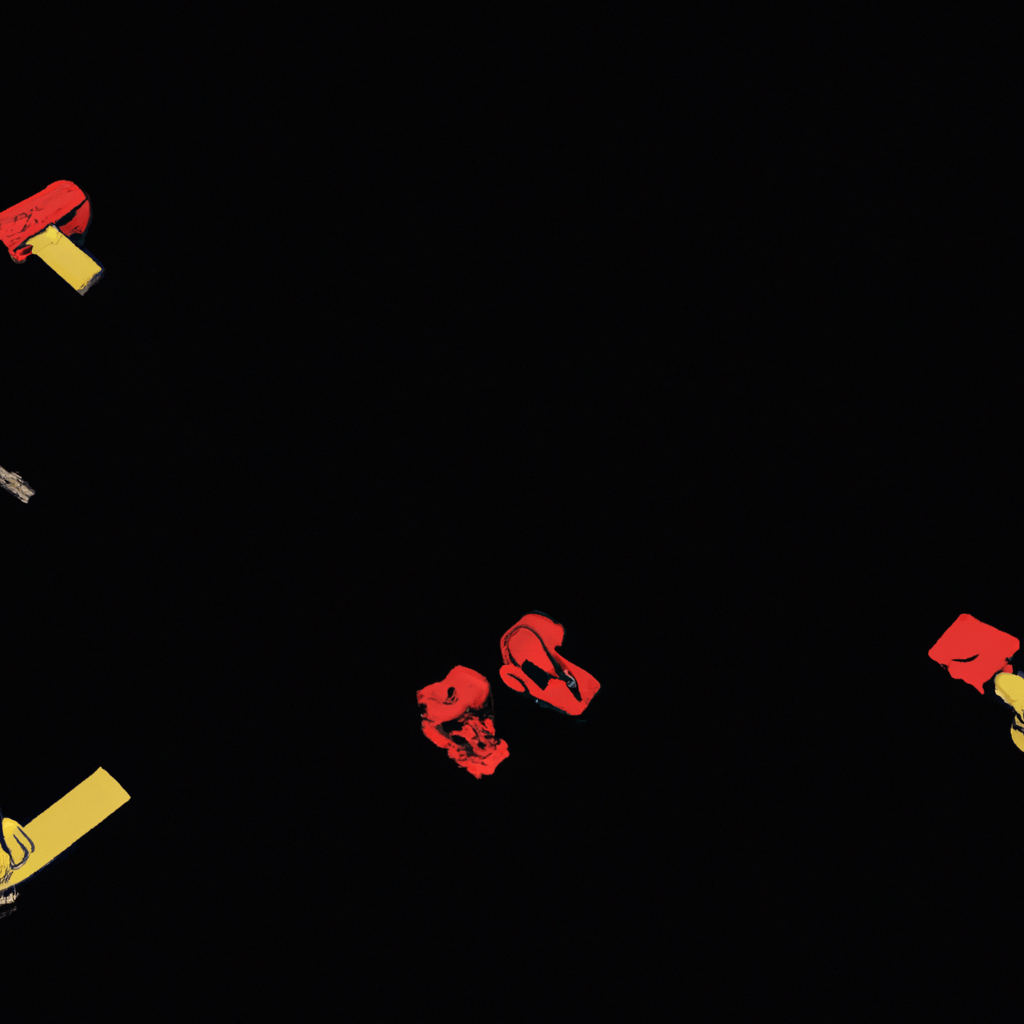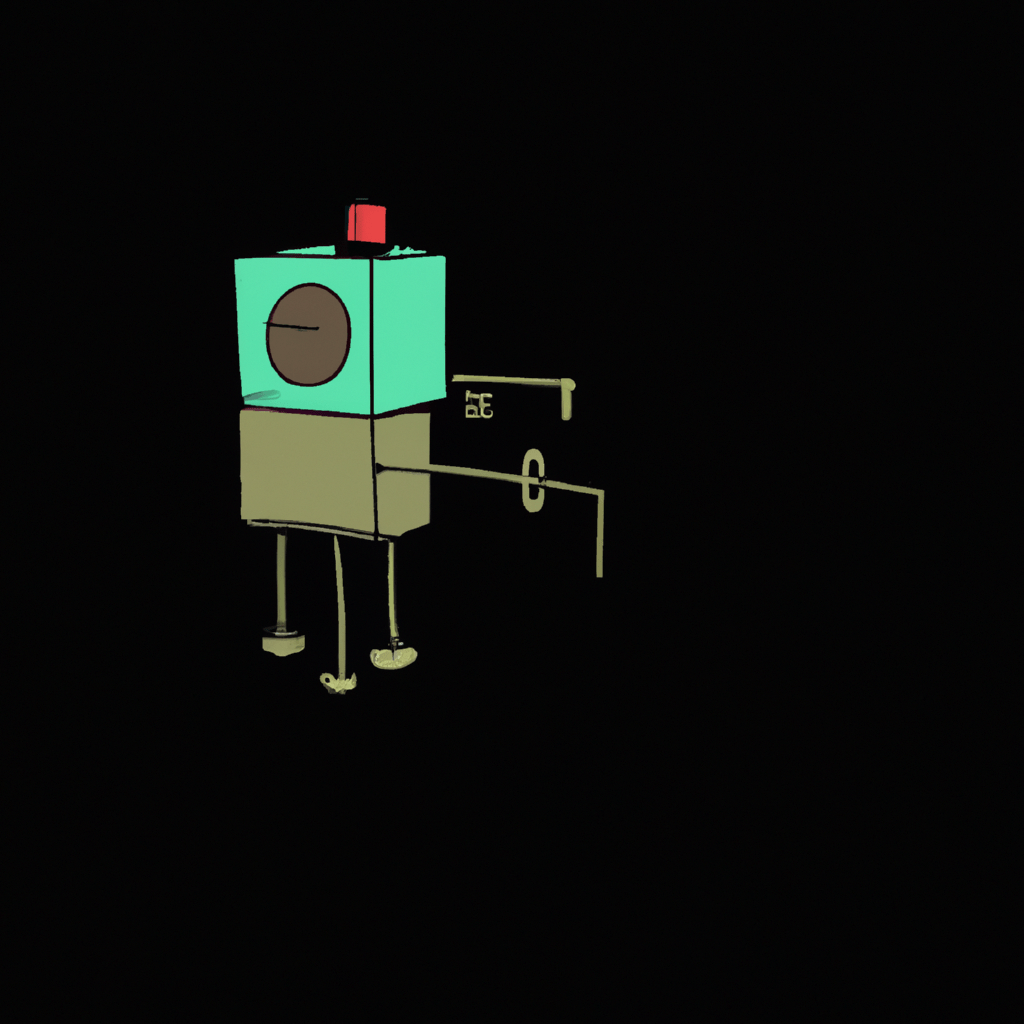
Illustrating for Product Design: Visualizing Concepts and Prototypes

Product design is a complex and multidisciplinary field that requires a combination of creativity, technical skills, and problem-solving abilities. One crucial aspect of product design is the ability to effectively communicate ideas and concepts visually. Illustration plays a vital role in this process, allowing designers to visualize their ideas, create prototypes, and communicate with stakeholders. In this article, we will explore the importance of illustrating for product design and how it can enhance the design process.
The Power of Visual Communication
Visual communication is a powerful tool that transcends language barriers and allows for the efficient transmission of complex ideas. When it comes to product design, visualizing concepts and prototypes through illustration can significantly enhance the communication between designers, engineers, and clients. Here are some key reasons why illustration is essential in product design:
- Clarity: Illustrations provide a clear and concise representation of design concepts, making it easier for stakeholders to understand and provide feedback. Unlike written or verbal descriptions, illustrations leave little room for misinterpretation.
- Engagement: Visuals are more engaging and memorable than text alone. By using illustrations, designers can capture the attention of stakeholders and create a lasting impression of their ideas.
- Visualization: Illustrations allow designers to visualize their ideas before investing time and resources in creating physical prototypes. This helps in identifying potential design flaws and making necessary adjustments early in the process.
- Collaboration: Illustrations serve as a common language that bridges the gap between designers, engineers, and clients. By using visuals, all stakeholders can actively participate in the design process, provide feedback, and contribute to the final product.
Types of Illustration in Product Design
Illustration in product design can take various forms, depending on the purpose and stage of the design process. Let’s explore some common types of illustration used in product design:
Concept Sketches
Concept sketches are quick, hand-drawn illustrations that capture the initial ideas and concepts of a product. These sketches are often rough and unfinished, focusing on capturing the essence of the design rather than intricate details. Concept sketches are an excellent way for designers to brainstorm and explore different possibilities before moving forward with a specific concept.
Exploded Views
Exploded views are illustrations that show the individual components of a product separated from each other, as if they were exploded apart. These illustrations are commonly used in technical manuals and assembly instructions to provide a clear understanding of how the product is assembled and how each component interacts with others. Exploded views help designers and engineers communicate complex assembly processes effectively.
Renderings
Renderings are highly detailed and realistic illustrations that depict the final appearance of a product. These illustrations are often created using computer-aided design (CAD) software and can simulate materials, textures, and lighting conditions. Renderings are useful for presenting the final design to clients, investors, and marketing teams, as they provide a realistic representation of the product’s aesthetics.
Prototyping
Illustration is not limited to 2D representations; it can also be used to create physical prototypes. Prototyping involves creating a tangible model of the product using various materials and techniques. Illustrations are used to guide the construction of the prototype, ensuring that it accurately represents the design intent. Prototyping allows designers to test the functionality, ergonomics, and aesthetics of the product before mass production.
Case Studies: Illustration in Product Design
Let’s explore some real-world examples of how illustration has been used effectively in product design:
Apple’s Product Design Process
Apple is renowned for its innovative product design, and illustration plays a crucial role in their design process. Apple designers extensively use sketches and renderings to visualize and refine their ideas. For example, when designing the iPhone, Apple’s design team created numerous concept sketches to explore different form factors, screen sizes, and button placements. These sketches helped them narrow down the design options and create a cohesive vision for the final product.
Tesla’s Exploded Views
Tesla, the electric vehicle manufacturer, uses exploded views in their service manuals to assist technicians in understanding the complex assembly and disassembly processes of their vehicles. These exploded views provide a step-by-step visual guide, ensuring that technicians can efficiently diagnose and repair any issues. By using illustrations, Tesla simplifies the maintenance process and reduces the risk of errors.
The Future of Illustration in Product Design
As technology continues to advance, the role of illustration in product design is evolving. Here are some emerging trends that are shaping the future of illustration:
Virtual Reality (VR) and Augmented Reality (AR)
Virtual reality and augmented reality technologies are revolutionizing the way designers visualize and present their ideas. With VR and AR, designers can create immersive experiences that allow stakeholders to interact with virtual prototypes in a realistic environment. This enables designers to gather valuable feedback and make informed design decisions before investing in physical prototypes.
3D Printing
3D printing has opened up new possibilities for illustrating and prototyping in product design. Designers can now create intricate and complex physical models directly from their digital illustrations. 3D printing allows for rapid prototyping, reducing the time and cost associated with traditional manufacturing processes.
Summary
Illustration is a powerful tool in product design, enabling designers to visualize concepts, communicate ideas, and create prototypes. By using illustrations, designers can enhance clarity, engage stakeholders, and facilitate collaboration. From concept sketches to realistic renderings, illustration plays a crucial role in every stage of the design process. Real-world examples from companies like Apple and Tesla demonstrate the effectiveness of illustration in product design. As technology advances, virtual reality, augmented reality, and 3D printing are shaping the future of illustration in product design. By embracing these trends, designers can continue to push the boundaries of creativity and innovation in product design.
